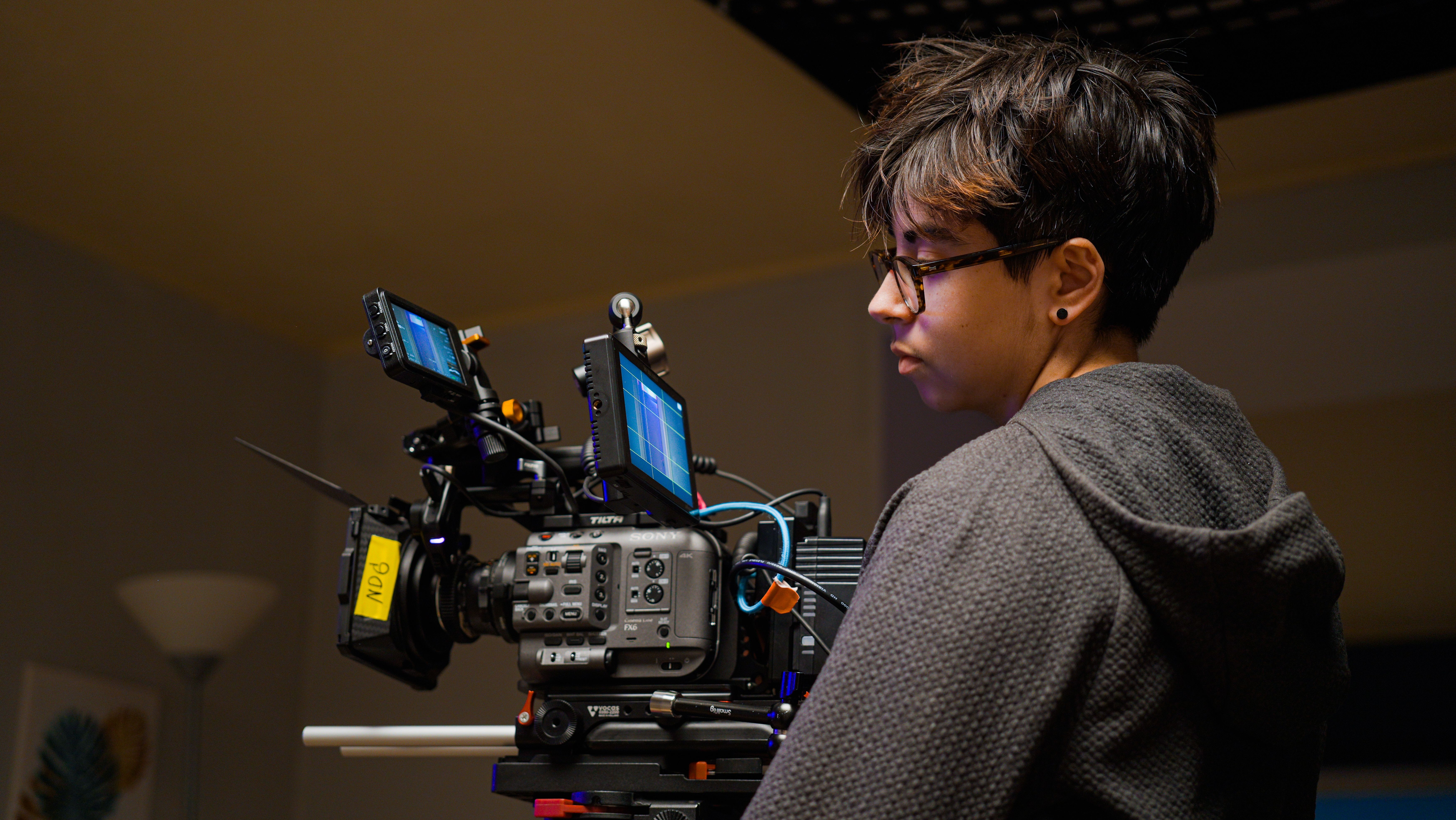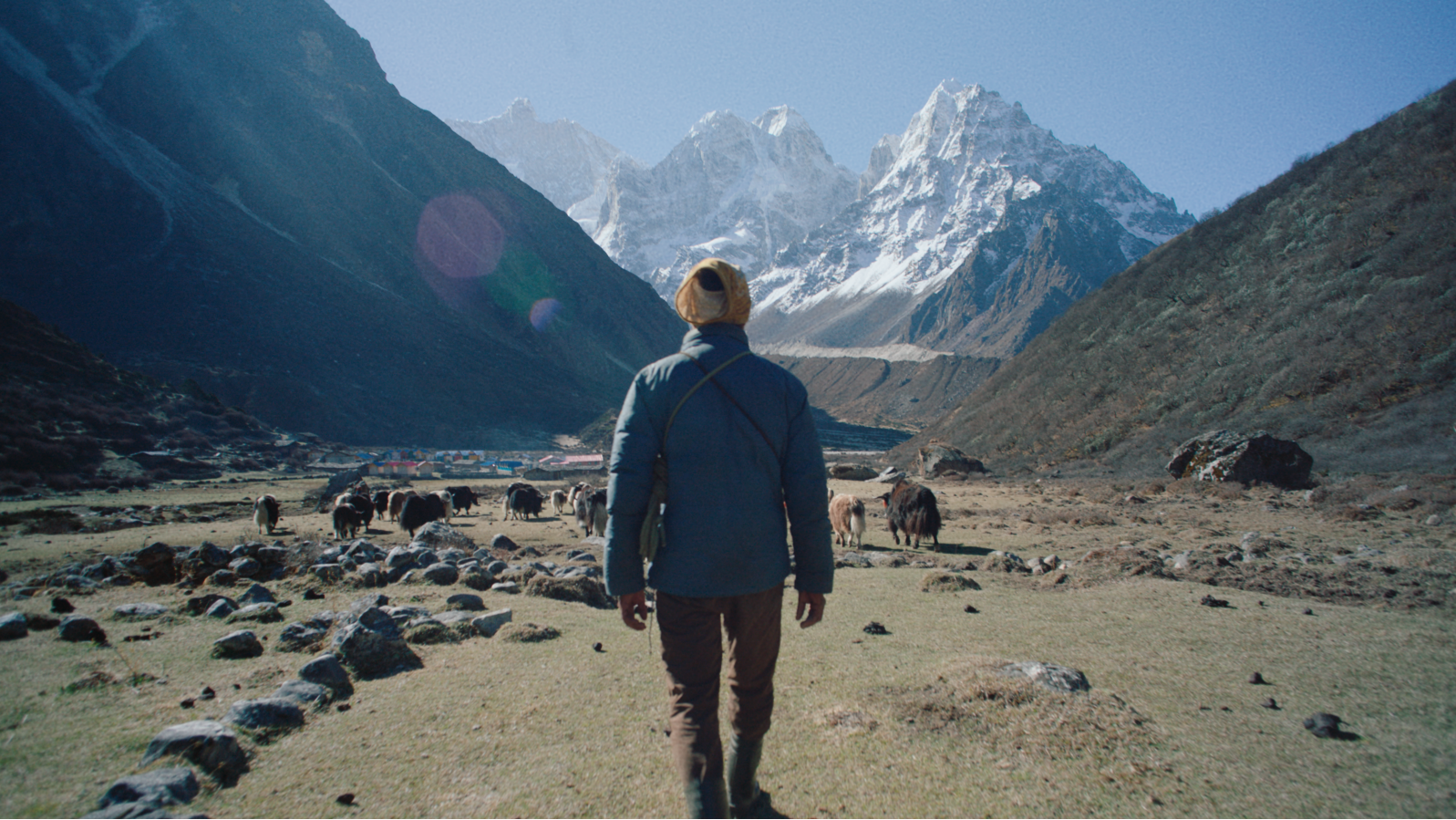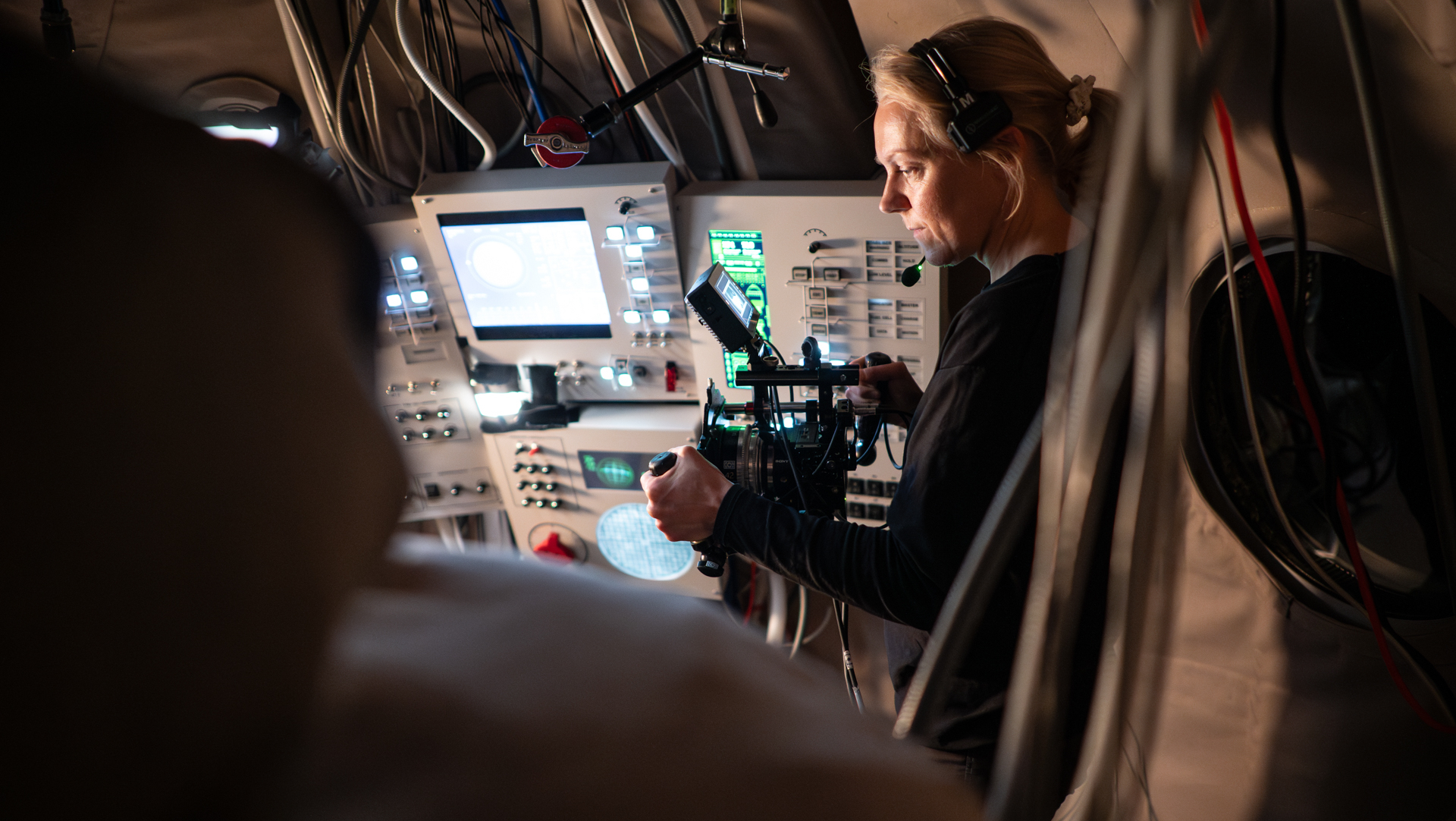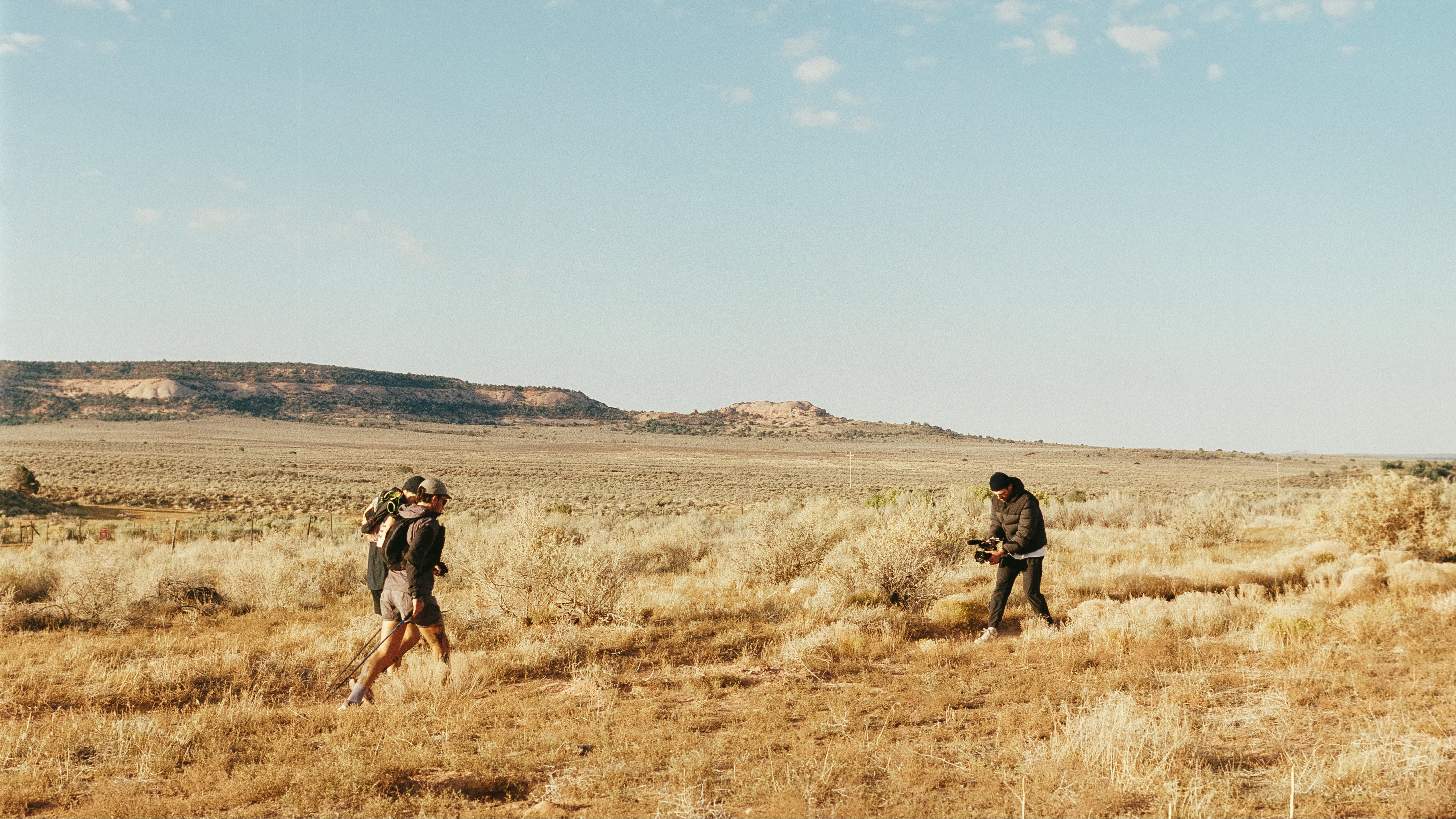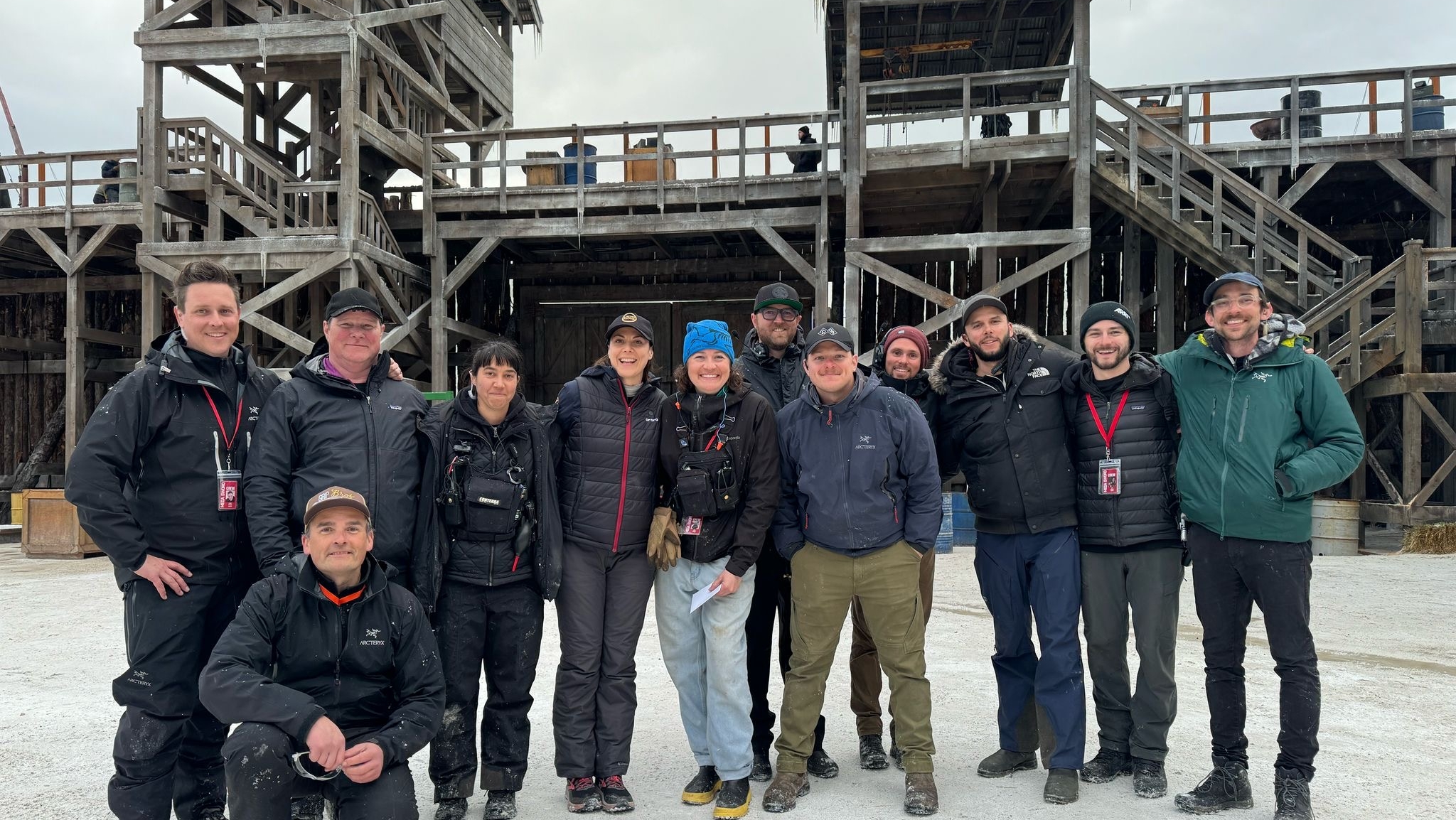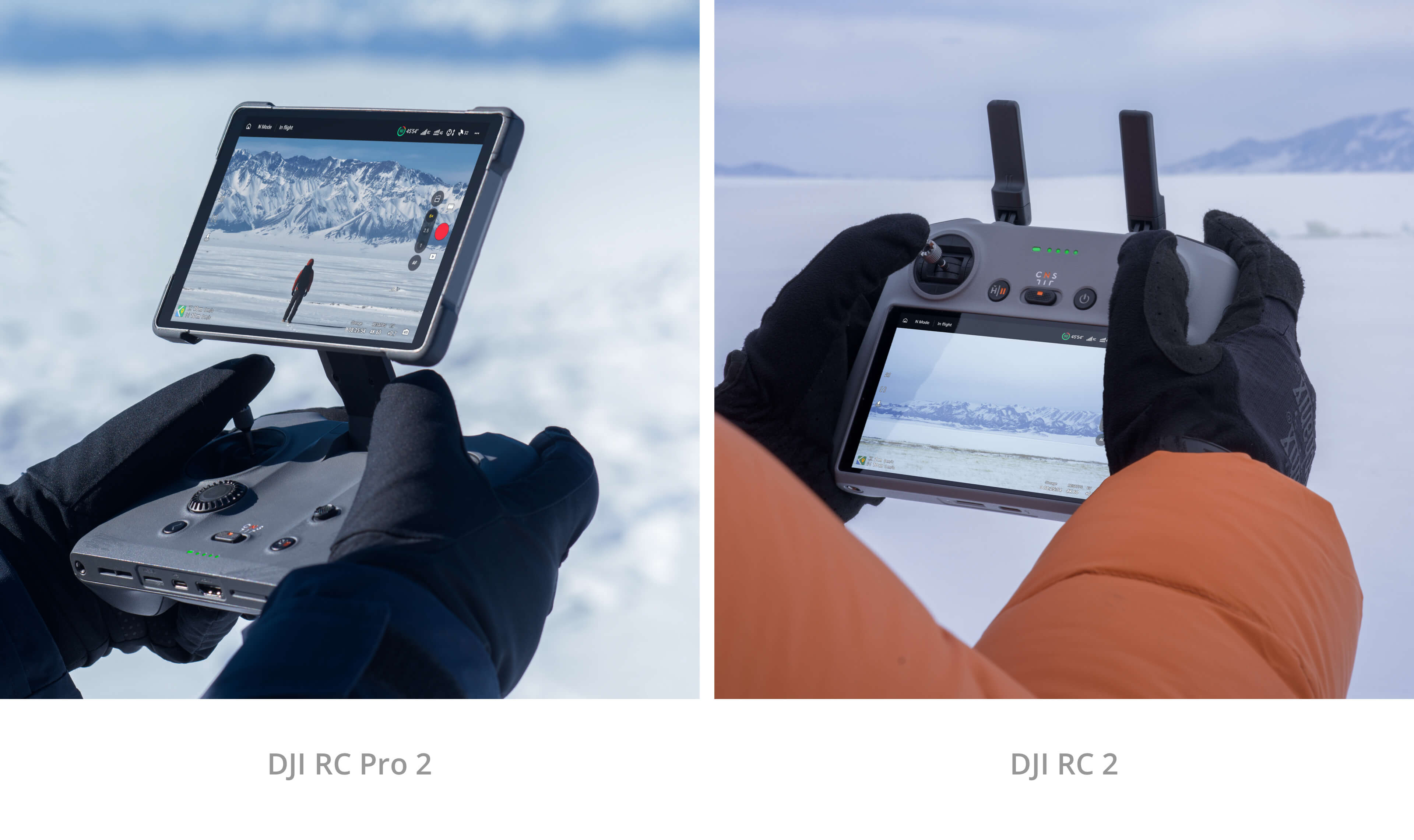Extreme Shooting with Alex Stone
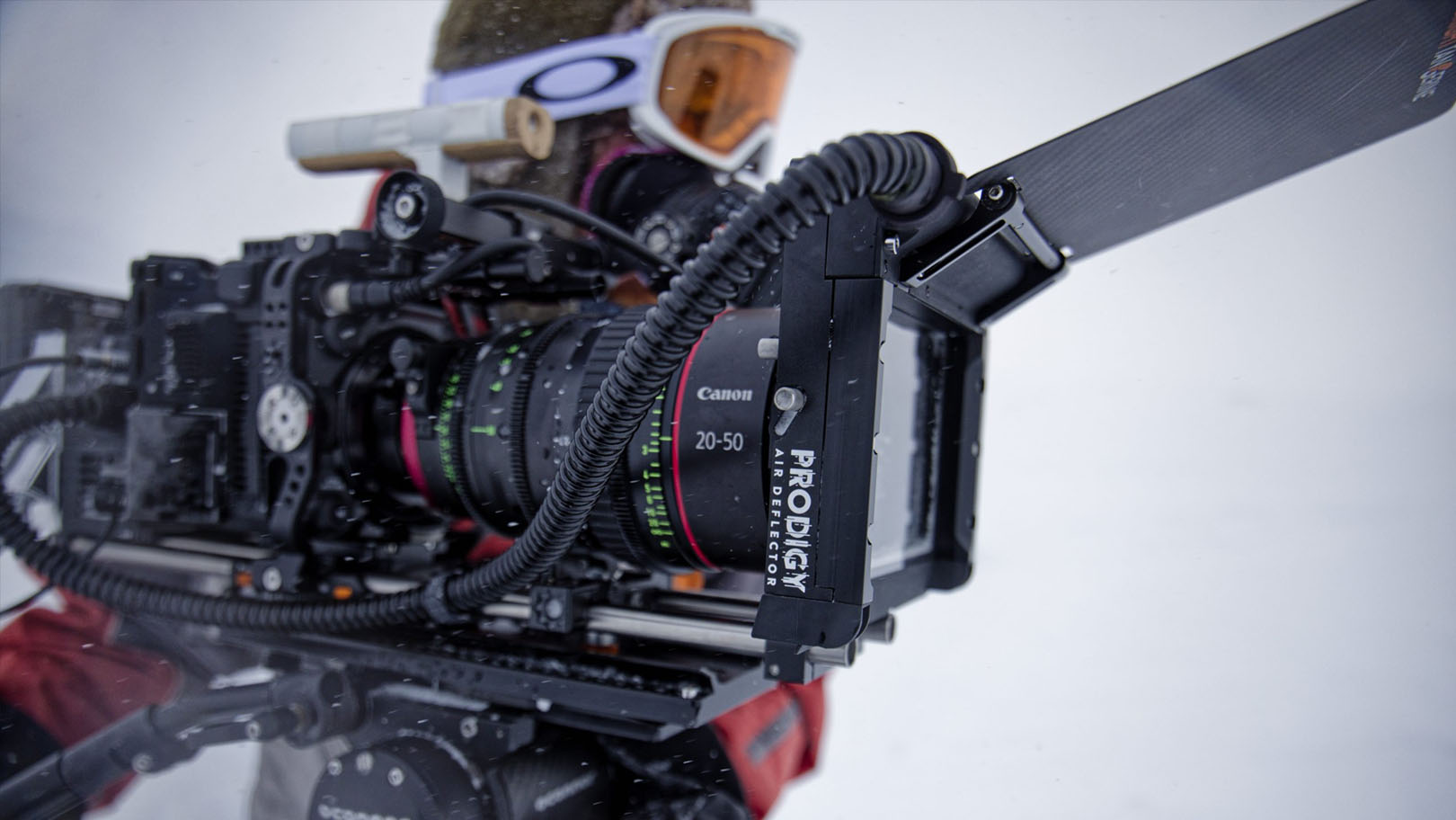
Even on a good day, filmmaking is an industry fraught with challenges. Every stage of every setup can have dozens of issues – and that’s without factoring in the environment. We caught up with Alex Stone: a Manchester-based creative, whose Castle Crozier project has pushed our gear – including the Prodigy Air Deflector – to the limit. He has just returned from his latest recce in a remote Norwegian town in preparation for shooting his passion project.
Castle Crozier is an ambitious endeavour: a long-form multimedia biopic – consisting of a miniseries, a book and a short film – that tell the infamous tale of the Terra Nova expedition to Antarctica led by Captain Robert Falcon Scott.
I’ve been a filmmaker for many years now, and I specialised somewhat in outdoor filmmaking. My production company is part of the Outdoor Industries Association, and at one of their annual events, the key speaker was a polar explorer – Ben Saunders – who tried to retrace the steps of Captain Scott’s expedition. Nobody had attempted what he did – walking to the pole and back from the coast of Antarctica, but he and a friend did that.
Ironically, they got pretty much as far as Scott did before having to radio in supplies. So even with modern gear and technology, they would have suffered the same fate as Scott.
Though most are at least passingly aware of the story, the true scope and impact of the Scott Expedition is still not widely known – something Alex wants to change.
It occurred to me that I knew a little bit about Scott – he was that guy that went to the Pole, died coming back – but I didn’t really know much more than that. I think that’s pretty much the extent of most people’s knowledge, but as an outdoorsman, I felt like I owed it to him.
I meant to understand better the achievements that he and his team set out to do. And even just reading the Wikipedia article on the expedition, it was very quickly evident that there is so much. These are absolutely insane tales of human endurance in the face of overwhelming odds. And they’ve just been overshadowed by Scott’s untimely fate. I think that’s what set me off: I just thought that people needed to know about this and I wanted to share those stories.
I never set out to be a director or a writer. I’m a cinematographer, but I wasn’t going to wait around for someone else to start the project and by chance ask me if I want to shoot it or anything like that. I was compelled to tell that story.
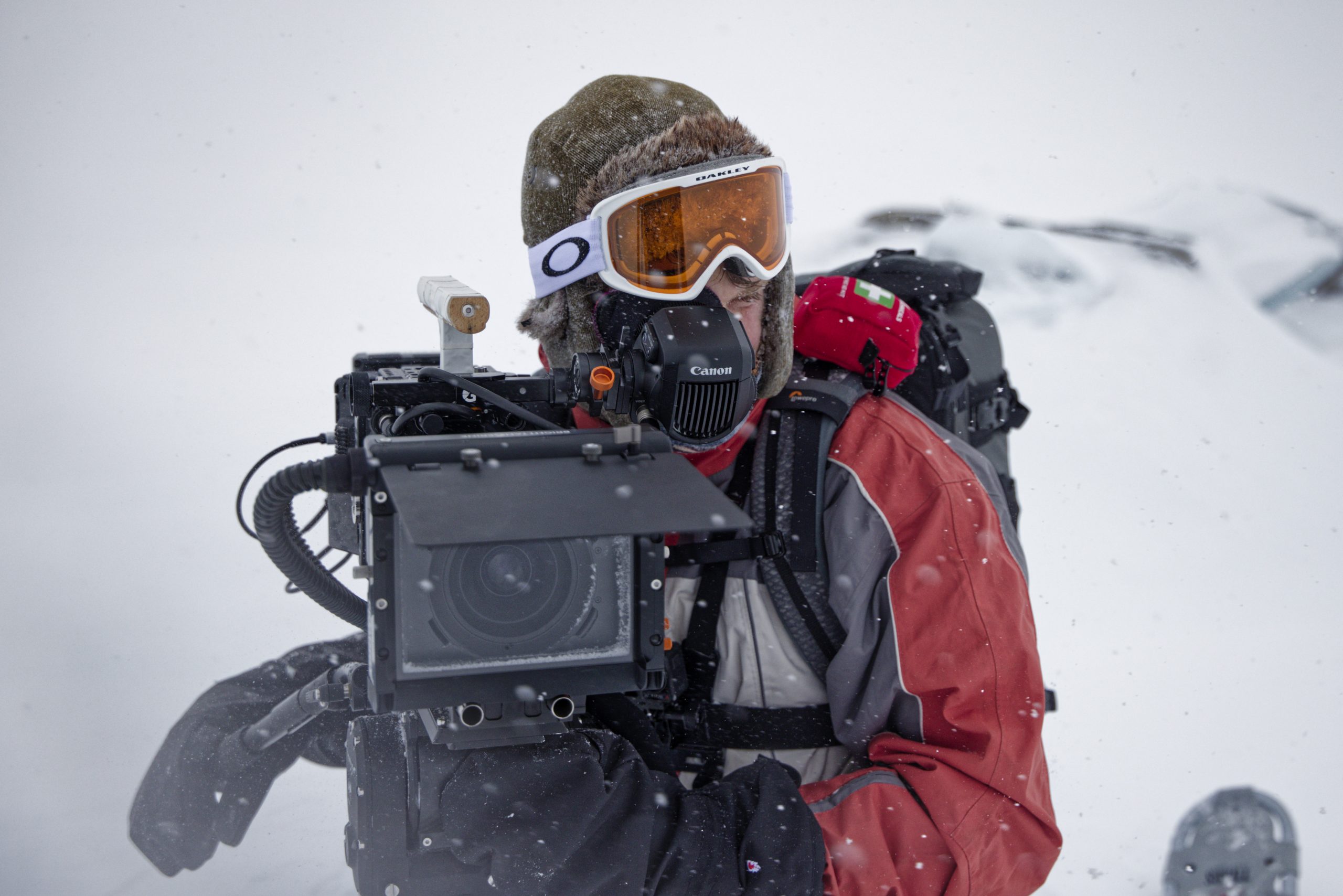
It has been four years since Alex embarked on this journey, and progress has been steady. This most recent recce was his fourth, focused on shooting the location’s landscape and stress-testing the cameras. Filmmaking is an endurance sport, as the saying goes, and even the most seasoned shooters can’t simply pick up the camera and create a multi-hour epic. Before the series and book, Stone’s first project under the Castle Crozier umbrella is a short film: focusing on the first part of the 1911 excursion, which was appropriately dubbed The Worst Journey in the World by one of the survivors, Apsley Cherry-Garrard. Stone plans to shoot the short in February 2025.
I’ve already booked the cast and crew’s flights, and they’re non-refundable, so I’ve got to make it happen one way or the other [laughs]. I’m still trying to finalise all of the pre-prod, get the last few props finished, all that kind of stuff, ready for February when we go out there for real and do the shoot.
The flights are to Norway, as the film is shooting in the country’s highest town: Finse. You may recognise Finse from The Empire Strikes Back, where it doubled as the location of Echo Base on the icy planet of Hoth. It also has a tie to Scott’s cinematic history, as it has already served as the stand-in for Antarctica in the 1948 adaptation Scott of the Antarctic. Those are some big snowshoes to fill – and wouldn’t it just be easier to shoot on a soundstage?
I don’t think that the project warrants undertaking if you’re not going to do it for real. It doesn’t convey the enormity of the journey. It could be done on a green screen or in a studio, but I think audiences will tell that it’s fake.
If you take actors into these conditions – granted, it’s not as cold as the true story – but it’s cold enough that they don’t need to act cold. I think that goes a long way for getting the production value up.
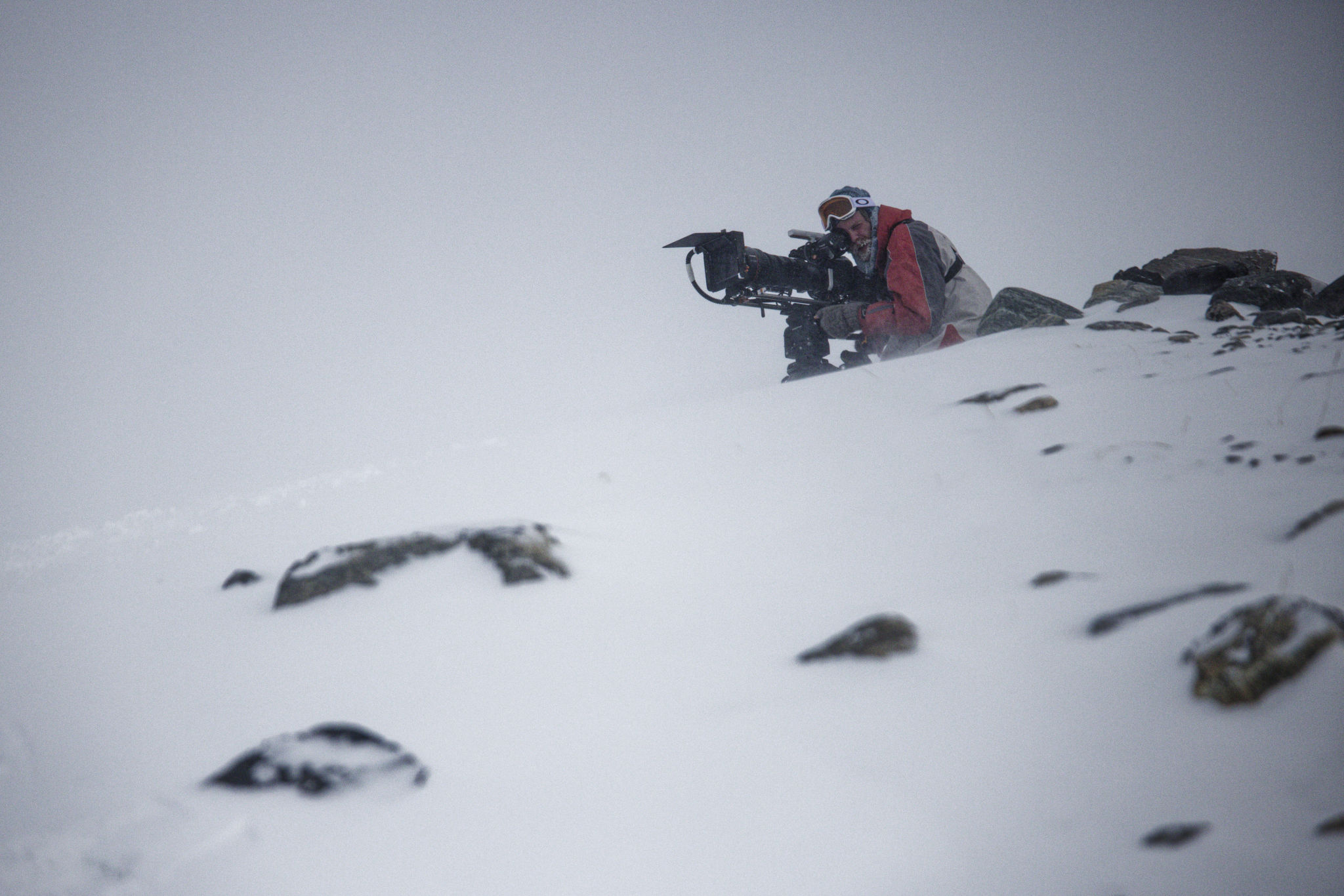
It sets both a precedent and a challenge for Alex and his team in modern times. Though digital cameras with fewer mechanical components don’t need to be acclimatised to conditions as film cameras of old did; the shoot still threatens to wreck Stone’s essential camera gear. It has been a learning curve, with Stone walking away from every location scout with something new to consider.
Every trip I’ve been on has been more than worth the expense getting out here. Being out on site in the actual conditions really helps you work out what kit works and what doesn’t – and what sort of concessions or accommodations you need to make. The grease in lenses gets very thick, so the zooms and the focus rings get very hard to turn in the cold – but it’s true for any grease, say, in a tripod or even your viewfinder bracket.
Every time you go, you learn a bit more and learn how to do things better, what works, what doesn’t. And you push yourself a bit more. I think every trip I’ve been out there, I’ve gone further and got colder and really pushed the limits of both the kit and myself, because I know that I’m going to be doing that and more on the actual shoot.
Follow the Castle Crozier project’s progress on Patreon
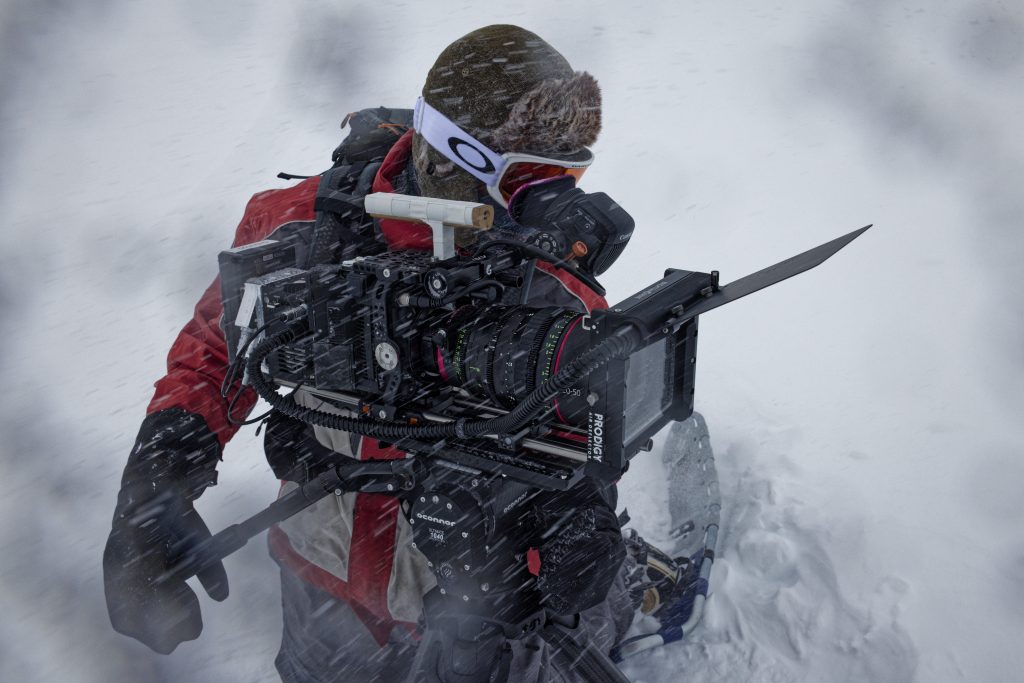
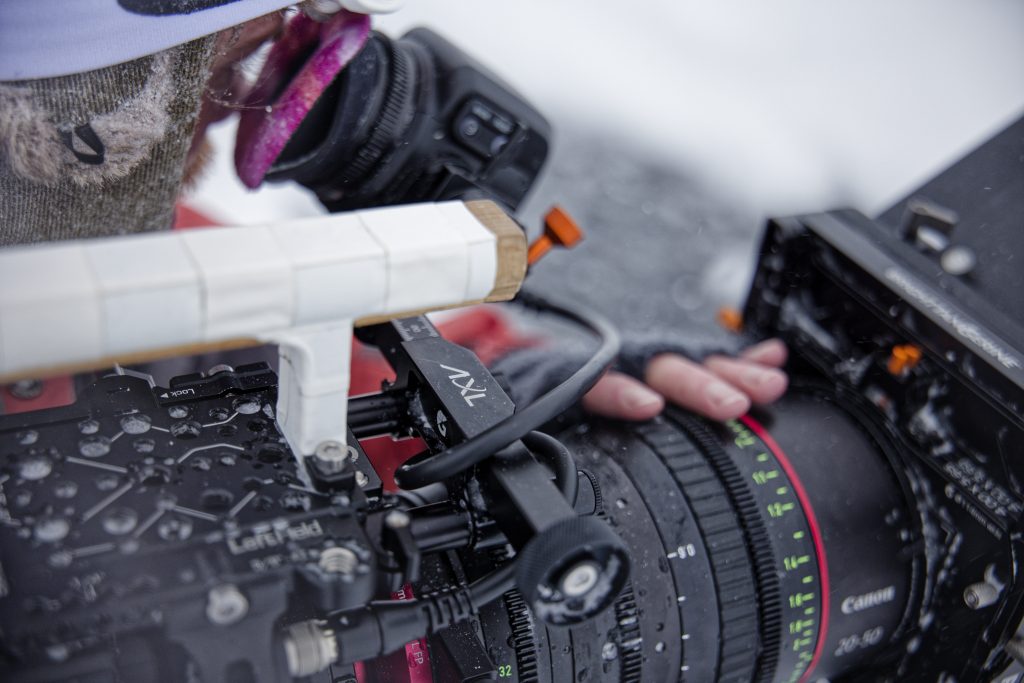
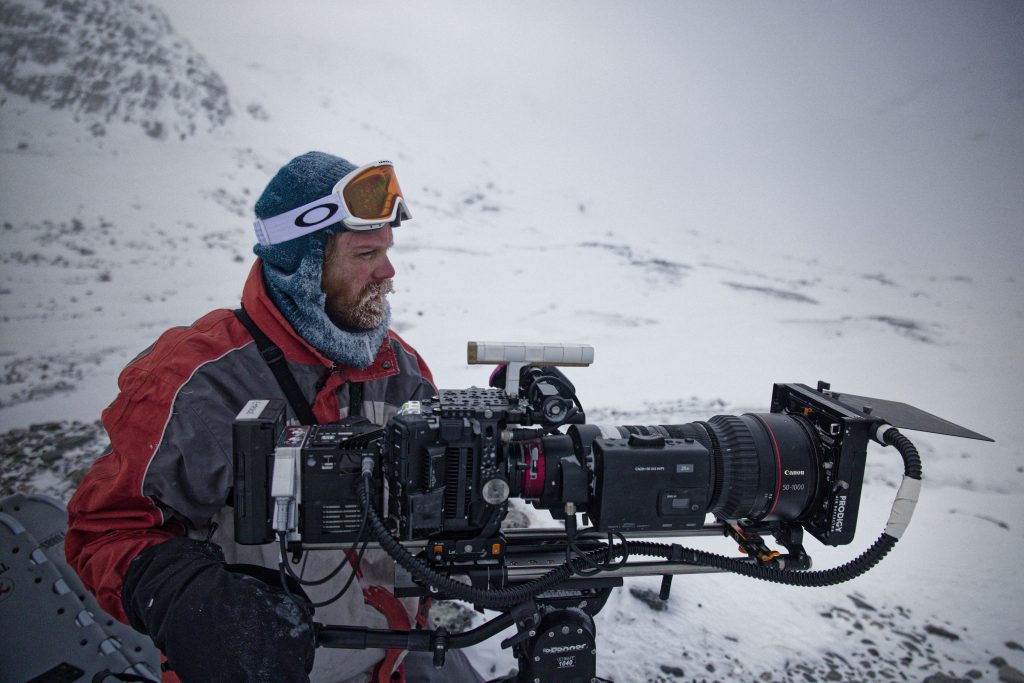
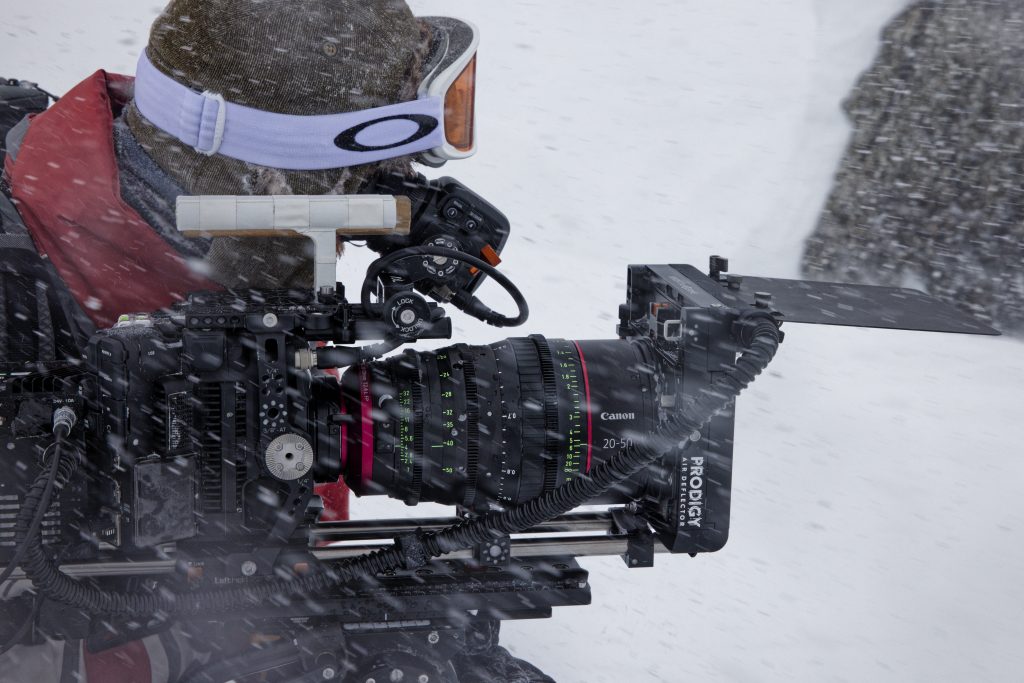
Shop the Prodigy Air Deflector, Axl EVF Mount and the LeftField 3 range today.



